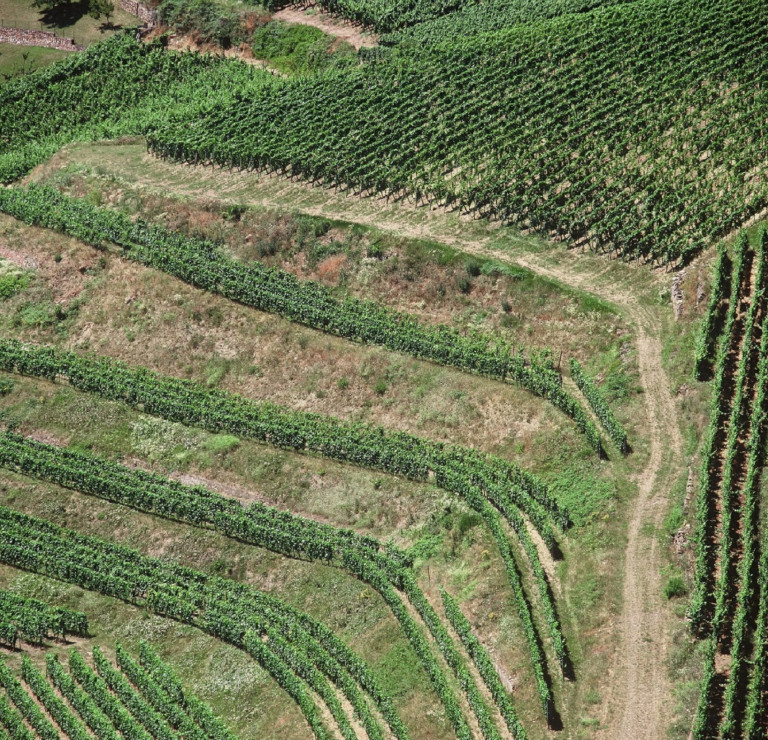
Technical presentation
| Bottling : | August 2018 |
|---|---|
| Acquired alcohol : | 10.8° |
| Residual sugar : | 188 g/l |
| pH : | 3.45 |
| Yield : | 14 hl/ha |
| Optimum tasting : | 2022-2047+ |
| Average age of vines : | Vineyard planted in 1983 |
| Terroir : | Clos Jebsal |
| Sweetness index : | SGN |
| Soil : | Grey marls and gypsum (Keuper), South facing, Very steep slope |
Description of the wine Pinot Gris Clos Jebsal 2017 - Sélection de Grains Nobles
Sélection de Grains Nobles (SGN) are wines made from berries or part of clusters affected by noble rot (botrytis cinereal). In its early form, botrytis is just vulgar rot, but if it develops late, under cooler conditions, with the right alternance of fog/humidity and sunshine/wind, on very ripe grapes that already posses a great acidity balance, than, one can expect that botrytis becomes noble. Lots of ‘if’s…. The Clos Jebsal has this capacity to regularly produce such wines. SGNs were only not produced in vintages that had bad weather in October. The marl gypsum soil has also the characteristic to keep great acidity in the wines, crucial for really sweet wines. These wines may not be at the height of fashion nowadays, sadly, but it only takes someone to taste a mature vintage, properly cellared, to understand why and when such wines can be appreciated.

Tasting notes
03/2019 : Intense deep gold colour. The 2017 Sélection de Grains Nobles possesses complex and inviting aromatics: pine honey, bee wax… The rich unctuous nose doesn’t necessary mean that the palate will be overly sweet. The purity expressed with the 2017 vintage comes from the fact that we kept a slightly greater proportion of healthy grapes in the harvest, anticipating a very rich concentration in this small volume year. The palate is unctuous and delicate. There is a beautiful acidity on the finish, creating a strong sense of harmony and pleasure. In 2017, we made much less of this wine than usual, it is a rare wine with a beautiful potential.

The Clos Jebsal of Turckheim
The wines from Clos Jebsal are discreet in their youth, often marked with flinty or smoky aromas. The expression of fruit linked to the concentration by botrytis is coaxed out with some time in bottle